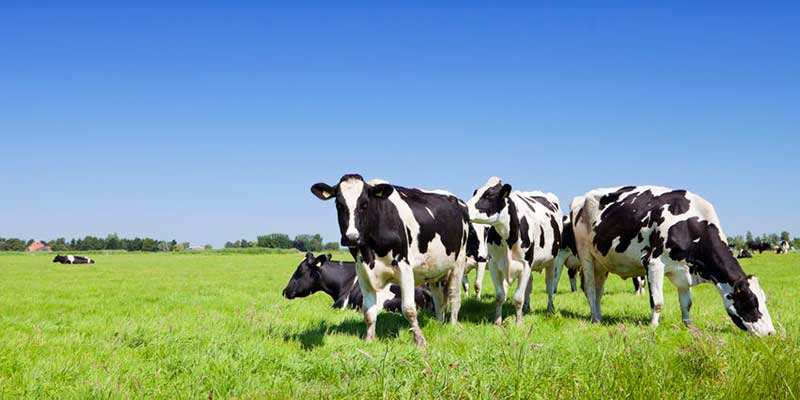Carbon emissions from agriculture, including meat and dairy, are projected to contribute approximately 70% of the established value for greenhouse gas emissions that would restrict the rise of global temperature to 2 degrees centigrade this century.
Letter comes in wake of Lancet report on risks of current food production systems
The Lancet, one of the most prestigious medical journals, recently stated that in order to secure a healthful, sustainable diet for an expected population of 10 billion in 2050, eating habits must change, food production must improve, and food waste must be reduced across the globe. But perhaps just as important, it stated these goals can realistically be reached.
Food Production System Under Scrutiny
Although food systems can sustainably nurture humanity, The Lancet asserts that currently, they threaten it. Carbon emissions from agriculture, including meat and dairy, are projected to contribute approximately 70% of the established value for greenhouse gas emissions that would restrict global temperature rise to 2 degrees centigrade in the 21st century.
To help counteract the destructive side of the global food production system, the 30-scientist EAT–Lancet Commission on Food, Planet, Health has established a universal Planetary Health Diet, which is based on vegetables, fruits, whole grains, legumes, and nuts, and cuts consumption of red meat, sugar, and refined grains. The commission asserts that wide adoption of the diet would both provide major health benefits and assist in reaching sustainable development goals.
Investors Speak Up
On the heels of the report, a coalition of more than 80 investors — representing $6.5 trillion in capital — signed a letter to fast food giants, urging them to work toward sustainability throughout their supply chains. The investor group emphasized the large carbon footprint of fast food supply chains in the absence of a carbon dioxide plan.
In the letter, the investors called upon some of the largest players in the $570 billion fast-food sector — McDonalds, Domino’s Pizza, Pizza Hut, Burger King, Chipotle Mexican Grill, Wendy’s, and KFC — to establish “meaningful policies and targets” to shrink the carbon and water footprints of their meat and dairy supply chains to minimize risk in the future.
The letter, however, was not immediately embraced by the chains. McDonalds, in particular, was quick to point out that it had beaten the investor group to the punch, saying that in 2018 it was the first restaurant chain to set targets to reduce the emission of greenhouse gas, thereby mitigating climate change, and their targets were given the stamp of approval by the Science Based Targets initiative. Working with suppliers and farmers, McDonalds hopes to prevent 150 million metric tons of greenhouse gas from entering into the atmosphere by 2030, the equivalent of removing 32 million cars from service for a year or growing 3.8 billion trees over a decade.
Fast Food’s Water Footprint
Agriculture is expected to find itself competing with both industry and the public for water — the livestock sector alone uses approximately 10% of annual worldwide freshwater flows — and the United Nations has warned that 5.7 billion people could face shortages of fresh water. Fortunately, new technology has made water reuse more viable than ever for restaurants, the meat industry, and more. Mindy Lubber, from Ceres, the nonprofit organization that helps the investors with climate, water, and pollution issues, said:
Investors are eager to see more leadership from these companies to reduce the mounting […] water risks linked to their meat and dairy suppliers.

